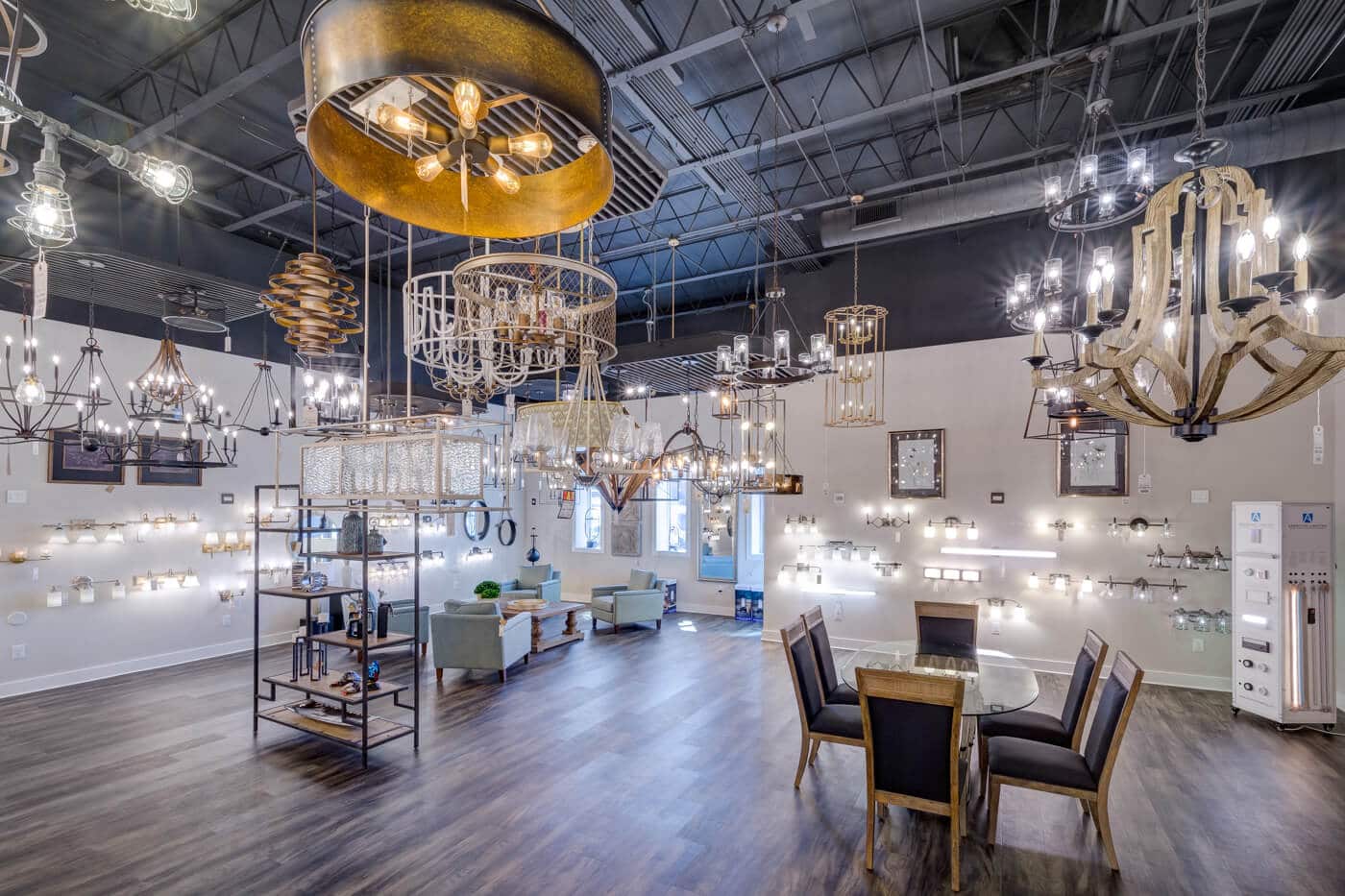Shop at the Premier Lighting Shop Melbourne Locals Recommend
Shop at the Premier Lighting Shop Melbourne Locals Recommend
Blog Article
The Ultimate Guide to Choosing Energy-Efficient Illumination Options

Comprehending Energy-Efficient Lighting Technologies
When considering energy-efficient lights alternatives, it is vital to recognize the various technologies offered out there today. LED (Light Sending out Diode) illumination stands out as a popular option as a result of its high power efficiency and lengthy lifespan contrasted to conventional incandescent or fluorescent light bulbs. LEDs take in significantly much less power, discharge less heat, and have a much more extended functional life, making them a cost-efficient and eco-friendly choice. Another innovation to consider is CFL (Compact Fluorescent Light) illumination, which is a lot more energy-efficient than incandescent bulbs yet much less so than LEDs. CFLs are recognized for their brilliant light result and reasonably long life expectancy. Furthermore, halogen incandescent light bulbs supply boosted power performance and life-span contrasted to traditional incandescent light bulbs. Comprehending the distinctions in these lighting modern technologies can assist customers make informed choices based on their specific requirements, spending plan, and environmental factors to consider. It is important to weigh factors such as energy effectiveness, life expectancy, light quality, and first cost when choosing the most ideal energy-efficient lights innovation for a certain application.
Calculating Power Savings Possible
To evaluate the prospective power financial savings attainable with the adoption of energy-efficient lights modern technologies, it is critical to carry out comprehensive calculations based upon factors such as energy intake, operational hours, and the certain features of the lights alternatives being considered. lighting store melbourne. Calculating energy cost savings potential includes determining the present energy consumption of existing lighting systems and contrasting it to the projected energy usage of the energy-efficient alternatives present. This comparison allows for a clear estimation of the prospective energy savings that can be understood
Functional hours play a critical function in these estimations, as illumination systems that are utilized for prolonged periods will profit extra from energy-efficient options. Additionally, thinking about the particular attributes of different lighting modern technologies, such as lumens per watt and life expectancy, is essential for precisely forecasting energy financial savings.
## Aspects to Think About When Picking Illumination
Think about these crucial factors when choosing lighting options for ideal energy effectiveness and efficiency. Examine the lighting requirements of the space. Different areas require differing levels of illumination intensity, shade temperature level, and distribution. Understanding the objective of the lights will certainly help identify the most suitable components and light bulbs for the location.
Secondly, take into consideration the power effectiveness of the illumination choices. Search for components and bulbs with high lumens per watt (lm/W) ratings to make sure optimal light output with very little energy intake. LED lights, as an example, is understood for its energy effectiveness and lengthy life-span compared to traditional incandescent or fluorescent options.
Additionally, assess the maintenance needs of the lights components. Select fixtures that are easy to clean and keep to make sure consistent efficiency in time. Picking resilient fixtures that need very little upkeep can help minimize lasting upkeep expenses and guarantee the illumination system runs effectively.
Last but not least, consider the environmental effect of the lighting options. Select components and light bulbs that are energy-efficient and eco-friendly, such as those with recyclable components or lowered carbon exhausts. By prioritizing sustainability in your lighting selections, you can add to a greener future while appreciating the benefits of energy-efficient illumination options.

Comparison of Various Lights Options
In evaluating the elements affecting lights selection for power effectiveness and performance, it comes to be vital to compare the numerous lighting options offered out there. LED lighting stands out as one of the most energy-efficient selections due to its long life-span and reduced energy consumption. LEDs are click resources functional, providing a variety of color temperatures and lowering capacities, making them ideal for various setups. Additionally, portable fluorescent lamps (CFLs) give an even more energy-efficient choice to standard incandescent bulbs, although they include percentages of mercury. Halogen incandescent bulbs provide improved power performance contrasted to standard incandescent bulbs, however they are less effective than CFLs and leds. Another option to think about is fluorescent tubes, typically utilized in commercial and industrial setups as a result of their high performance and durability. When contrasting lights alternatives, factors such as energy performance, life-span, shade temperature level, and environmental effect must be thoroughly taken into consideration to make an educated decision based upon certain illumination requirements and concerns.
Tips for Applying Energy-Efficient Lighting
When aiming to boost power performance via lighting options, applying critical lighting controls can dramatically minimize energy intake. One reliable idea for carrying out energy-efficient lights is to utilize tenancy sensors. These sensors discover activity within an area and instantly transform lights on or off, guaranteeing that lights are just in operation when required. Furthermore, daytime sensors can be included to change lights levels based upon all-natural light schedule, more enhancing energy usage.
An additional pointer is to take into consideration using dimmer switches. Dimming lights not only creates atmosphere and versatility in lights degrees however additionally helps conserve power by minimizing the quantity of electrical power eaten. Additionally, picking energy-efficient light bulbs such as CFLs or leds can make a substantial difference in power financial savings. LEDs, specifically, are known for their long life and low power consumption compared to typical incandescent bulbs.
Final Thought
To conclude, picking check my source energy-efficient lighting options is critical for decreasing power intake and expenses. By understanding various technologies, calculating prospective savings, considering various factors, and contrasting organizations, people and options can make enlightened choices to boost energy performance. Executing energy-efficient illumination not only benefits the atmosphere yet likewise causes lasting expense financial savings and boosted illumination high quality. It is very important to focus on power effectiveness in illumination choices for a lasting future.
To assess the prospective power financial savings achievable via the adoption of energy-efficient lights modern technologies, it is vital to conduct thorough computations based on factors such as power usage, functional hours, and the web certain qualities of the illumination options being taken into consideration (lighting store melbourne).In analyzing the elements affecting illumination selection for power efficiency and performance, it becomes imperative to contrast the different illumination choices available in the market. When comparing lighting options, variables such as power effectiveness, life expectancy, color temperature, and environmental impact needs to be carefully taken into consideration to make an educated decision based on particular illumination needs and priorities
When looking to enhance power performance with lighting options, applying tactical illumination controls can significantly decrease energy usage. Applying energy-efficient illumination not only profits the environment but also leads to lasting cost savings and improved illumination quality.
Report this page